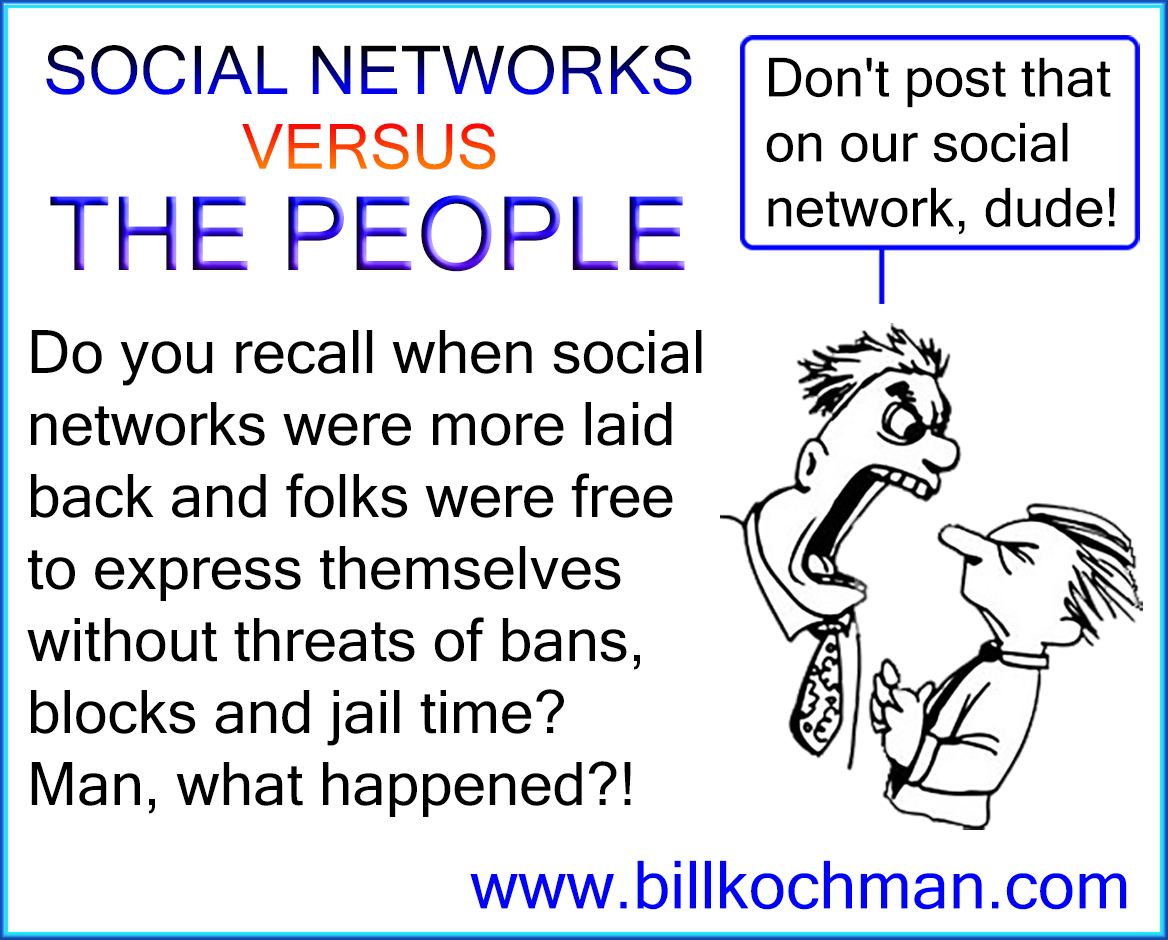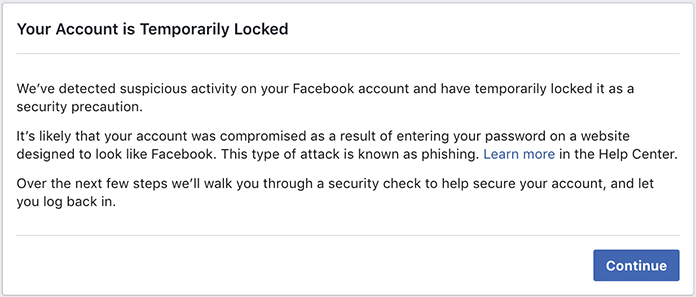
This morning I dedicated some time to try to understand why certain third party blogging tools — such as auto-posters and re-posters — no longer work on some of the popular social networks. A person may have successfully used such syndication tools for quite some time — perhaps even years — to auto-post and re-post perhaps many hundreds or even thousands of images to their favorite social networks, and then the tools suddenly stopped working. For example, thus far, I found this to be true with both Twitter and Tumblr, and there may be other social networks where this happens as well.
So, why does it happen? Well, quite simply, my observation is that it is because the owners and administrators of some social networks are becoming a lot more restrictive and stringent regarding people who rely upon such auto-posting and re-posting mechanisms to post memes to their networks.
The fact of the matter is that in the eyes of certain social network owners and administrators, when an end user posts the same image on the network more than once — which is exactly what auto-posting, and particularly re-posting, is designed to do — they view it as spam, and they obviously want to stop it. They want to stop YOU in your tracks.
The truth is, to a certain degree, I understand why some social network overseers have chosen such a restrictive path in regards to what they allow to be posted on their social networks. Furthermore, I will honestly admit that they have a right to do it as well. After all, it is their social network, and they make the rules, whether we like them or agree with them or not.
The bottom line is that in addition to trying to stop money scammers, false advertisers, political manipulators, online child predators, porn site promoters and similar ilk, social network owners and administrators want fresh, new content constantly populating their networks. After all, that is what keeps their networks alive and interesting. They don’t want the same old, regurgitated content which never seems to die. And that is why some of them have obviously declared all-out war on auto-posting and re-posting mechanisms. They want to put an end to content which they view as spam.
Now, from what I have been able to determine through some of the tests I ran this morning, one of their big targets is graphics which are constantly re-uploaded, re-posted and re-circulated. To combat this, these social network owners have implemented certain mechanisms, bots, algorithms, or whatever you want to call them, which can detect when a person has previously uploaded a particular image. If they do make that determination, they will stop you in your tracks after you have uploaded that same image so many number of times. Exactly what that number may be is a big secret. The social network may possibly publish the text portion of your post, but the image will be nowhere to be found. Such is the case with Twitter, for example.
Some smart users may try to find ways to get around the blockades which have been imposed by certain social networks. If you happen to fall into this bracket, then listen up. One approach is to rename one’s images in order to try to trick the social networks. However, not only is that impractical to do if you happen to have thousands of image files in your rotation, but it will obviously break your blog structure, leaving you with a lot of broken images on your blog. Besides, it won’t work anyway. The social networks will still know that it is the same image, despite the file name change, because they look at other parameters in order to determine an image’s newness.
Furthermore, you can try changing the creation date of the file to see if it will slide by the social network’s nasty sentinels. However, I can tell you right now that it won’t work either. In other words, taking such action will not trick the social network into reposting your image. Their AI is smart enough to know that it is still the same image.
Lastly, you can try changing the modification date of the image file so that the social network thinks that it is a new, or at least changed, file. But again, doing this simply will not work either. It won’t trick the social network into reposting that image for you. Why? Because as I stated a moment ago, my tests seem to indicate that the social networks look at something else in order to determine an image’s newness.
At this current time, the impression I have is that the key parameter which some of these social networks look at in order to determine if an image has truly been modified and updated, is the file size. That is the one thing you cannot change by using any kind of the currently-available file attributes manipulation applications. In fact, even doing that — if it were possible — would probably really wreck your OS anyway.
As far as I know, the only way to alter the file size is by actually opening the file in the image editor of your choice, and making some change to the image, so that the size of the file — not the dimensions of the image, but the actual file size in KB or MB — is changed.
If you then take that updated image file and include it in a new post on your blog, you will discover that the social network will allow you to auto-post the image, or even re-post it, at least the first time around. Who knows. As I mentioned earlier, you may even be able to re-post it a few times before they stop you again. All of the social networks have their inside secrets and techniques which they are not about to share with us. That is precisely how they keep us end users at a disadvantage.
In the end, what it comes down to is this: Either we play by their rules, or else they will just find a way to stop us in our tracks. That could mean an on-screen warning and a slap on the wrist; or temporarily being thrown into “jail”; or in extreme cases, even being locked out of one’s online account completely, and possibly permanently.
The sad thing is, even when we do play by their rules, we still find ourselves constantly being harassed, blocked, thrown in jail or locked out of our accounts, because their imperfect bots and algorithms are constantly misidentifying some of our actions, and falsely accusing us of “suspicious activity” when there really is none. Many of you who are reading this commentary are no doubt familiar with this “friendly” message from your ever-so-helpful Facebook bot:

The result is a lot of false positives, which negatively affect so many of us, to the point where we just want to give up, throw up our hands in disgust, and possibly even leave that particular social network altogether. I know that I have felt that way at times. Have you? Using the social networks is not as much fun as it used to be, is it? Sometimes it feels like we are walking on eggshells, because the social network thought police are watching our every move, just waiting for us to commit some infraction which contradicts their liberal agenda.
What makes it even more frustrating is the fact that there is very little that we can do about these injustices which are committed against us. Some of these social networks — such as Facebook, for example — have built such huge walls around themselves, so that even trying to get help from a real person is really next to impossible. They just lead you in circles from one link to the next, and from one help page to the next, never offering any real information which will help to resolve your dilemma. Either that, or you are forced to deal with some bot in a chat window, which half the time doesn’t even understand what you are saying, or what you are requesting. It can be really frustrating. To make matters worse, it is all so inhuman and impersonal. I don’t like it at all. And you?
Considering how much personal data mining occurs on the social networks — even without us knowing about it — I really think that some of them need to lighten up a bit, and grant us more freedom of expression without imposing so many restrictions on us. Please note that by saying “freedom of expression”, I am of course not referring to the negative stuff I mentioned earlier. Some of us have important things we feel we need to say, and sometimes that requires posting the information on more than one occasion, so that it eventually begins to sink into the heads of our audience. After all, as they say, repetition is the law of memory.
